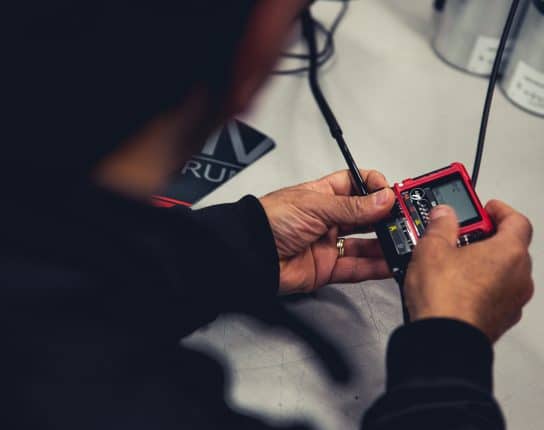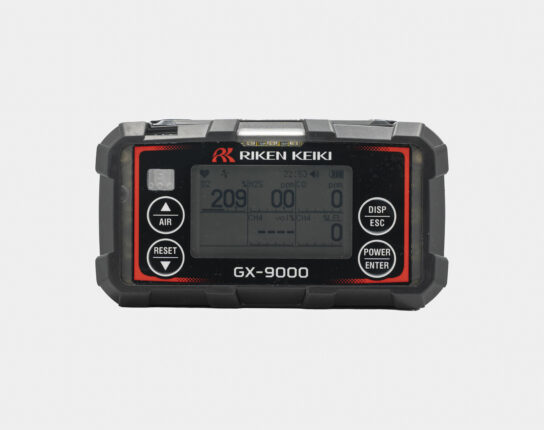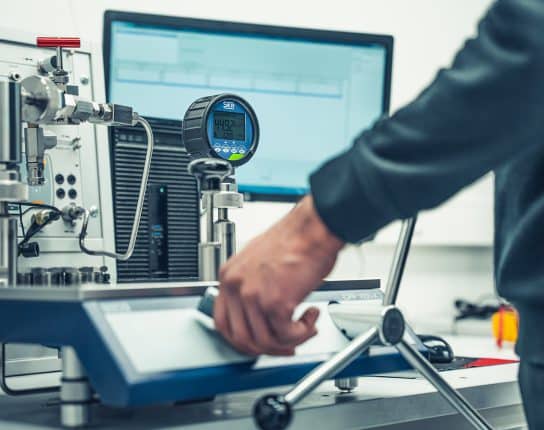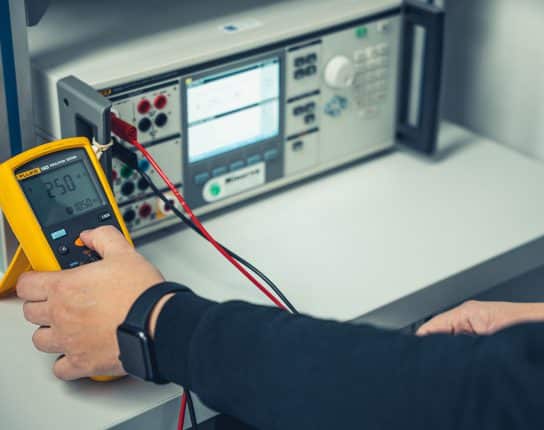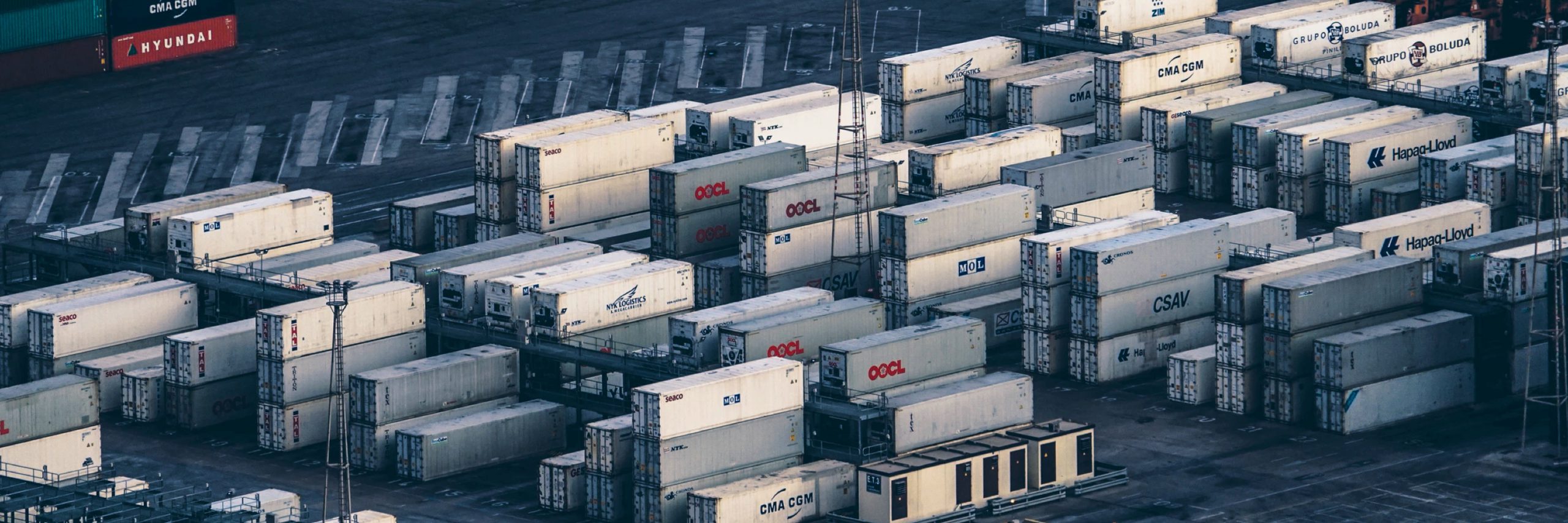
Where to install your flow sensor
Last month we posted the blog post about the difference between flow switches and a flow sensors. By selecting the right device for your needs, you can help prevent damage to your equipment and optimize the performance of your system. Flow sensors are essential components of any system that requires accurate flow monitoring. They provide valuable data to ensure that the system is performing optimally and effectively. In this blog post, we will guide you through the determining factors and suggest the best locations where to install your flow sensor.
Inlet and outlet of pumps
One of the best locations to install your flow sensor is at the inlet and outlet of pumps. This is because the flow rate at these points directly affects the performance of the pump. The flow sensor can alert the operator if the flow rate is inadequate or too high, indicating a potential issue in the pump’s operation. In addition, flow sensors at these points can help detect any leaks or damages in the pipe system.
Heat exchangers
Another critical location for flow sensors is at the inlet and outlet of heat exchangers. Thermal efficiency depends on an adequate flow rate, and a flow sensor is essential for monitoring it. The sensor can detect any decrease in flow rate and send an alarm that signals low performance, indicating an issue in the heat exchanger’s operation.
Process control
Flow sensors are also beneficial in controlling processes. By installing a flow sensor at the main line, the operator can detect any deviations in flow rate, which can significantly affect the process outcome. For example, in liquid production, any deviation in the flow rate can result in changes in the final product’s concentration, colour, or taste. A flow sensor at this point can alert the operator, who can promptly take corrective action.
Chemical storage
In chemical storage, flow sensors are an essential safety measure. By installing a flow sensor at the inlet and outlet points of chemical containers or tanks, the operator can monitor the flow rate and receive an alarm in case of any deviation. This alarm can prompt the operator to take action and prevent any catastrophic incidents, such as overflows or chemical spills.
The best location for your flow sensor
The locations mentioned above where to install your flow sensor are just a few examples of the many potential locations. The key is to determine the application, the system’s critical points, and the potential risks involved. The flow sensor’s role is to provide valuable information that helps with making informed decisions and taking corrective actions. By monitoring the flow rate accurately, you can prevent potential damages, ensure efficient operations, and improve the overall system performance. If you want more information about flow sensors, don’t hesitate to contact one of our specialists!
Related
More of the same
